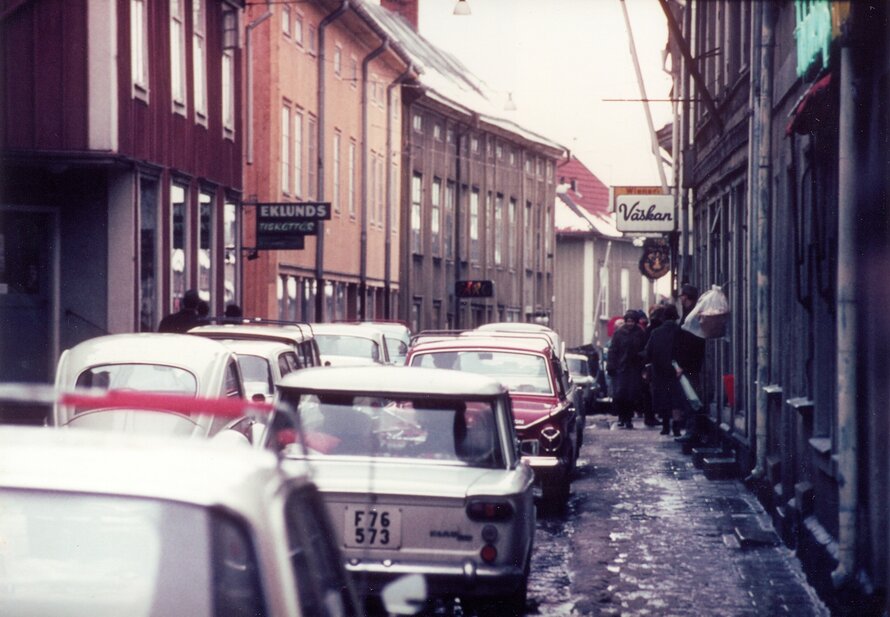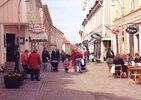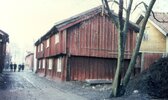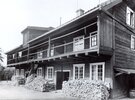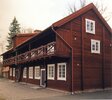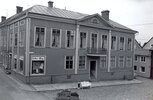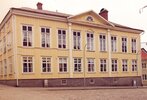The Old Town | Gamla Stan, Eksjö
Eksjö, located in Småland, was first mentioned as a town in 1406. It was set on fire by the Swedes in 1568 as an obstacle for the retreating Danish army and rebuilt according to plans by King Erik XIV's Flemish architect, Arendt de Roy. In 1856 the southern part of Eksjö was ...
Read more
Project details
Description:
Eksjö, located in Småland, was first mentioned as a town in 1406. It was set on fire by the Swedes in 1568 as an obstacle for the retreating Danish army and rebuilt according to plans by King Erik XIV's Flemish architect, Arendt de Roy. In 1856 the southern part of Eksjö was destroyed by fire and reconstructed from the ashes following a plan designed in accordance with the taste of that time: wide alleys laid out upon a severe rectangular plan. In comparison, the remaining old northern part of the town, Gamla Stan, seemed dark and narrow with its crooked little streets, and proposals were made to reconstruct it following the plans for the southern section. Fortunately all available financial resources were required for the rebuilding of the burnt quarters and instead of being modernized Gamla Stan was preserved in its original 1568 concept. In 1887 the old medieval parish church was torn down and replaced by a new one on the same spot, an act soon regretted by the local people. Realising that they missed their old church, they even started to incorporate details of the former interior into the new one. This event raised awareness among influential citizens for their heritage. By 1911 the considerable popular interest in preservation issues urged these citizens to form an association for the protection of Eksjö and they successfully campaigned against further demolition of the area. In the 1950's the Municipality started to work in close co-operation with the local people on the regulation of traffic problems and the adaption of old buildings to modern demands, making Eksjö one of the first Swedish towns with a policy and a programme for conservation and restoration, accepted by owners and inhabitants. In 1993 the national authorities declared Gamla Stan the first protected townscape in Sweden, being an important and unique ensemble in which many individual wooden buildings served as examples of good restoration. In 1995 the Municipality opened a special centre for studies in regional architectural heritage, with the aim to ensure Eksjö's historical heritage for the future. During the last decades, Eksjö Municipality has resolutely worked, together with the affected property owners, for the preservation of the culturally and historically valuable unique town of Eskjö with its well preserved wooden houses.
Similar projects
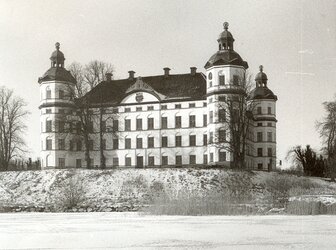
17th century
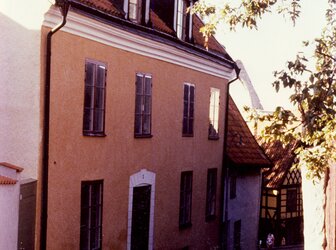
Middle Ages
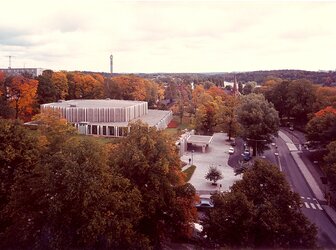
20th century
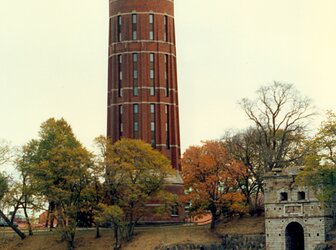
18th century
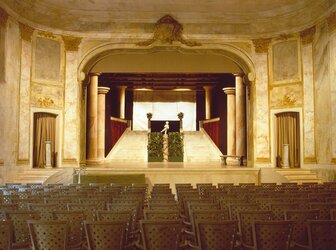
17th century
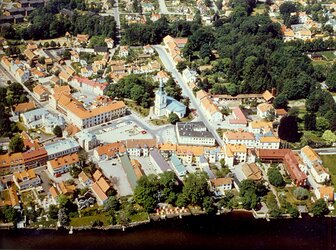
18th century
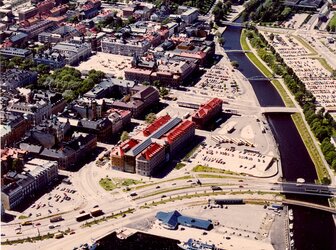
19th century
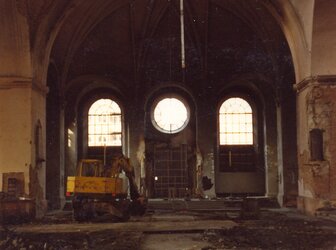
17th century
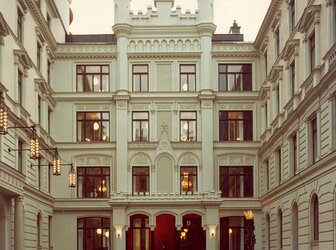
17th century
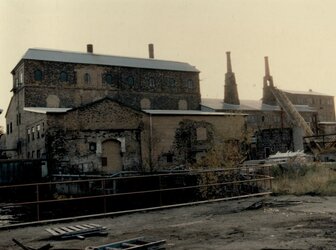
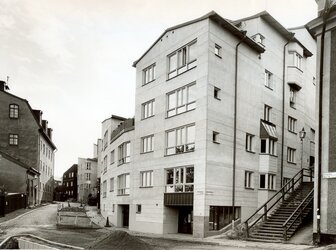
18th century
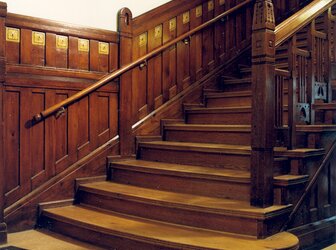
20th century
